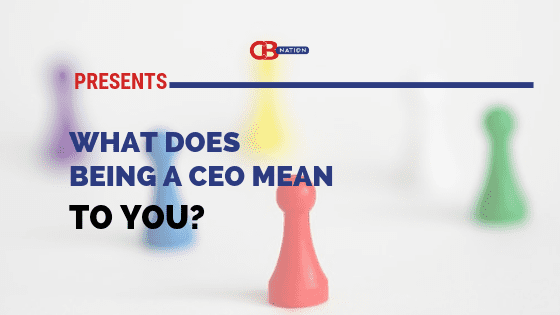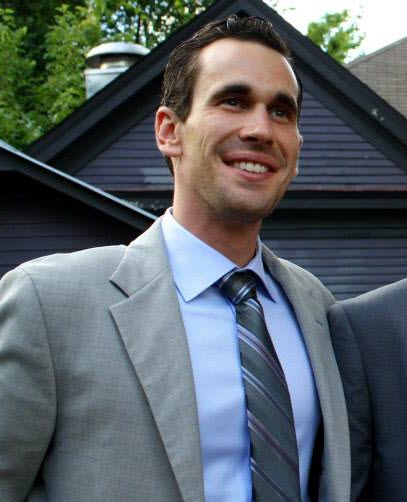Brian David Crane | Source | Founder at CallerSmart

Brian David Crane
Brian David Crane is the founder of Spread Great Ideas, a digital marketing fund which invests capital and sweat equity into e-commerce brands that promote liberty, civil rights, and personal sovereignty. He curates SpreadGreatIdeas.org and hosts the Spread Great Ideas Podcast.
He's also the founder of CallerSmart, a software company which helps you investigate mystery phone numbers plus avoid unwanted calls and texts.
His team has built an award-winning iPhone app which is both beautiful and functional (yes, he's proud!). Huffington Post, Mashable, Inc. and many others have featured it, and BuzzFeed nicknamed CallerSmart "turnt up caller ID" in their "11 Things To Do Before You Start Dating Online" article.
-
CallerSmart (https://www.callersmart.com/)
Founder
started Sep 2013 -
Spread Great Ideas (https://spreadgreatideas.com/)
Founder
started Aug 2009
-
Maintaining a Strong Company Culture Amid Rapid Growth: Essential Tips for Leaders
Create an environment that allows your company's shared vision to thrive--even as your team grows.
Article -
25 Entrepreneurs Explain What Being a CEO Means to Them | Business Startup ideas, Entrepreneur News, Tips for CEO - CEO Blog Nation
Here at CBNation, we love to hear what being a CEO means to different entrepreneurs and CEOs. We understand it entails great responsibility and expectations from both the clients and the team you’re leading but its meaning varies with each CEO. We asked entrepreneurs and business owners their de ...
Article -
Council Post: 14 Benefits And Drawbacks Of Using AI Tools To Write Business Content
By learning and weighing the pros and cons, businesses can make informed decisions about integrating AI into their content creation processes.
Article
-
"Small, positive gestures can sometimes make some of the most significant changes, as we are reciprocal creatures." Brian David Crane, "Nine Tips for Working With Someone You Don’t Get Along With"
-
"To become a thought leader in your industry it's important to have consistency. When you’re starting out, maintain a steady flow of content creation, whether that be via blogs or a podcast. Identify industry blogs where you can become a regular contributor or create a podcast and release weekly episodes. The key is consistency." - Brian David Crane, "11 Actions To Take Today If You Want To Become A Thought Leader"
-
"When an organization has unspoken rules or norms, employees usually adapt to a fixed way of working and communicating. Employees may feel that a specific form of doing things is “just how it is,” even though workplace trends are changing outside of the immediate workplace. This can block the sharing of critical information or the free flow of creative ideas that can be assets for an organization. Though a false sense of harmony can hide the structural weaknesses in the existing company culture, it only adds to the “fear of change.” By inviting employees to share their knowledge and what’s not working for them, you’re allowing them to become active stakeholders in the transformation. One-on-one meetings are an excellent way for company leaders to encourage this." - Brian David Crane, "10 Common Pain Points Of Building A Company Culture (And How To Address Them)"



